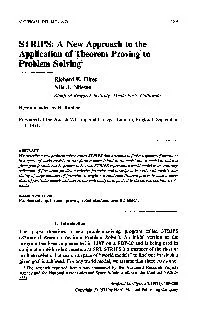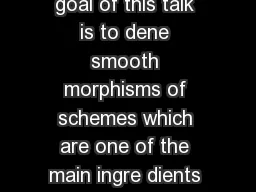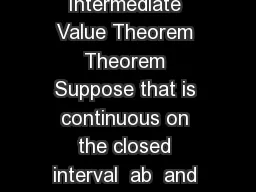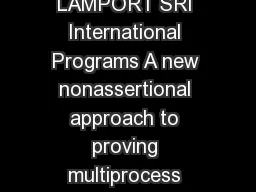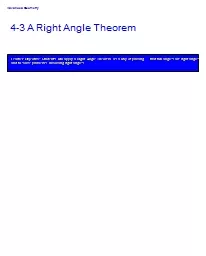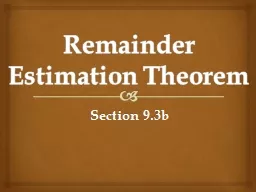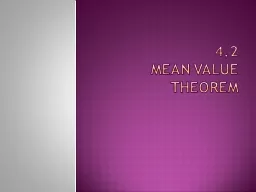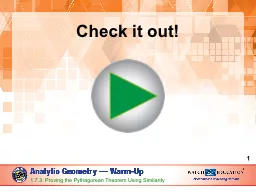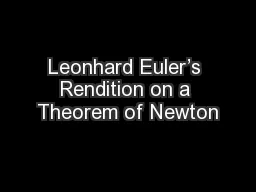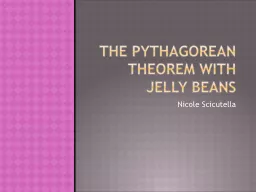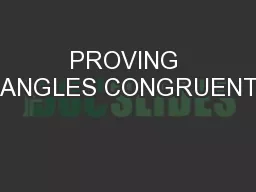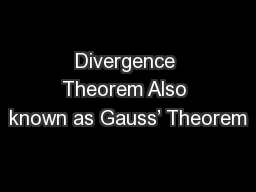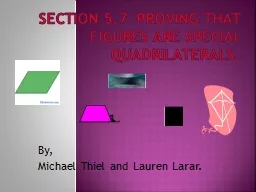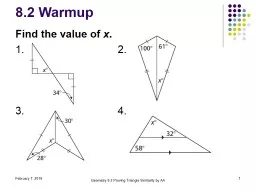PDF-A New Approach to the Application of .Theorem Proving to Problem Solvi
Author : marina-yarberry | Published Date : 2015-11-04
E Fikes Nils J NHsson Research Institute Menlo Park California Presented at the 2nd IJCAI Imperial College London England September 13 1971 describe a new problem
Presentation Embed Code
Download Presentation
Download Presentation The PPT/PDF document "A New Approach to the Application of .Th..." is the property of its rightful owner. Permission is granted to download and print the materials on this website for personal, non-commercial use only, and to display it on your personal computer provided you do not modify the materials and that you retain all copyright notices contained in the materials. By downloading content from our website, you accept the terms of this agreement.
A New Approach to the Application of .Theorem Proving to Problem Solvi: Transcript
Download Rules Of Document
"A New Approach to the Application of .Theorem Proving to Problem Solvi"The content belongs to its owner. You may download and print it for personal use, without modification, and keep all copyright notices. By downloading, you agree to these terms.
Related Documents

